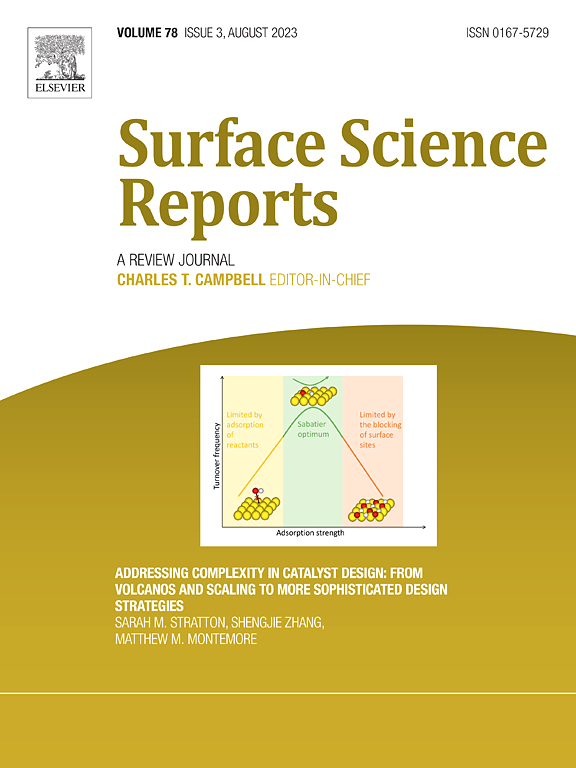The charge exchange of slow highly charged ions at surfaces unraveled with freestanding 2D materials
Abstract
The property of a variable charge state makes ions unique to other types of radiation a material surface can be exposed to. As a consequence of charge exchange between ions and surfaces, energy is transferred to the surface and material damage may be triggered. Furthermore, a changing charge state of the ion alters its slowing down process in solids and has important implications when back-scattered ions are to be measured for material analysis purposes. Over the last decades extensive research was devoted to the understanding of ion charge exchange with solids. Here I review recent progress in this field with special emphasize on slow ions in high charge states. This class of ions allows a detailed analysis of charge exchange in experiments, which employ also ultra-thin solid targets and therefore give experimental access to electronic processes on the femtosecond timescale. In this review I will discuss general properties of charge exchange and present typical experimental techniques. I will also discuss current developments in the modelling and simulation of ion-surface interaction. Recent findings using freestanding 2D materials are discussed as well as results from spectroscopy of emitted secondary particles. The paper concludes with a unified picture of ion charge exchange at surfaces and presents possible applications based on the understanding of the underlying physics.

 求助内容:
求助内容: 应助结果提醒方式:
应助结果提醒方式:


